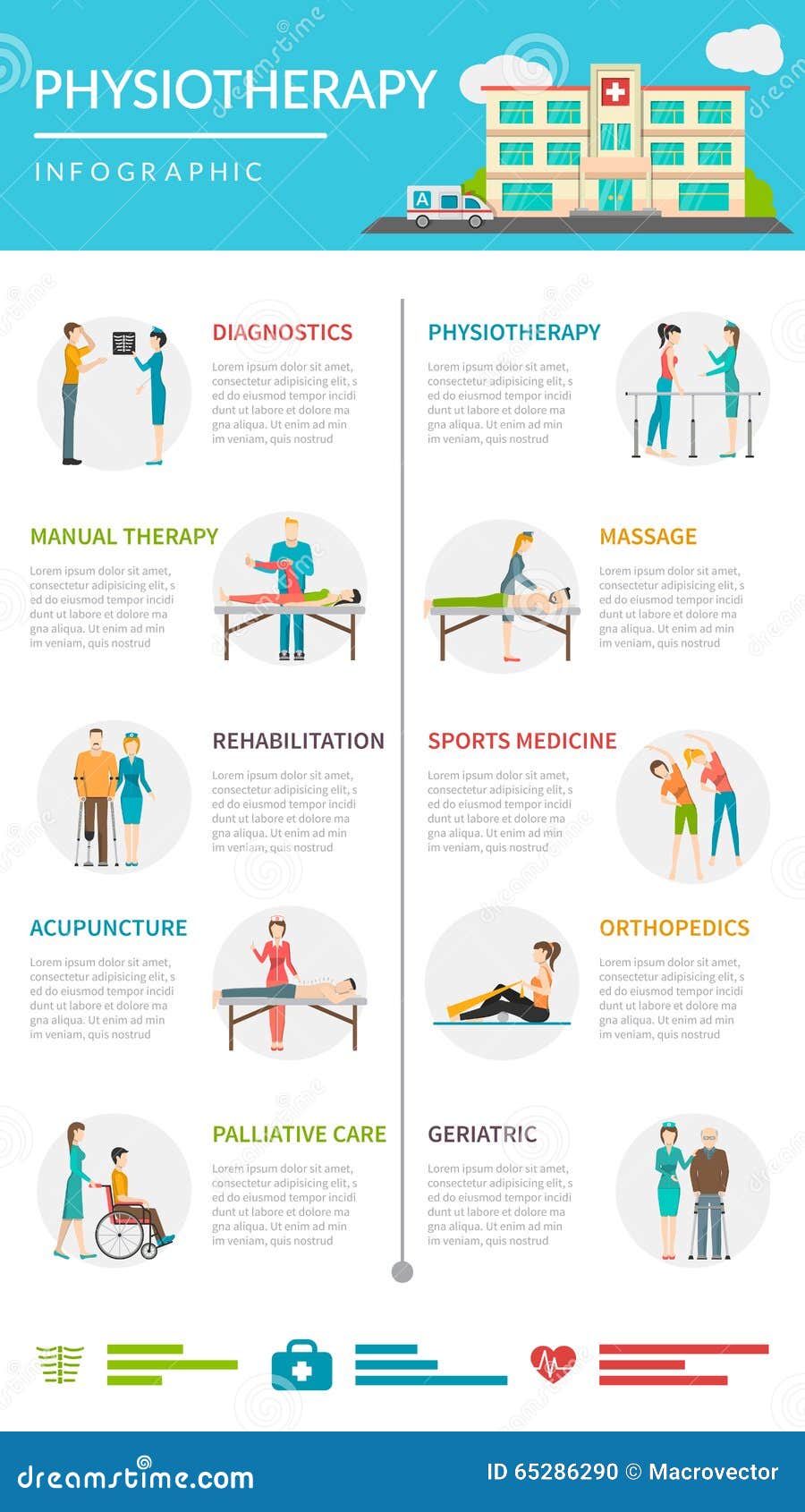Address Pain In The Back By Determining The Everyday Regimens That Could Be Contributing To It; Small Changes Can Lead The Way To A Life Without Pain
Address Pain In The Back By Determining The Everyday Regimens That Could Be Contributing To It; Small Changes Can Lead The Way To A Life Without Pain
Blog Article
Posted By-Vega Secher
Maintaining appropriate posture and preventing common risks in daily tasks can dramatically influence your back health. From just how you rest at your workdesk to exactly how you raise hefty items, little changes can make a huge distinction. Envision back pain management without the nagging back pain that hinders your every action; the option could be easier than you believe. By making a couple of tweaks to your everyday routines, you could be on your means to a pain-free presence.
Poor Stance and Sedentary Lifestyle
Poor stance and an inactive way of living are two major contributors to back pain. When you slouch or suspicion over while resting or standing, you put unneeded stress on your back muscles and spinal column. This can cause muscle mass discrepancies, stress, and eventually, chronic neck and back pain. Additionally, sitting for chronic therapy without breaks or exercise can damage your back muscle mass and lead to tightness and pain.
To fight bad pose, make an aware effort to sit and stand up right with your shoulders back and aligned with your ears. Keep in mind to keep your feet level on the ground and avoid crossing your legs for extensive durations.
Including normal stretching and strengthening workouts right into your everyday regimen can also help enhance your pose and minimize back pain associated with a less active lifestyle.
Incorrect Training Techniques
Incorrect training strategies can considerably add to pain in the back and injuries. When you lift heavy objects, remember to flex your knees and utilize your legs to raise, as opposed to depending on your back muscles. Prevent twisting your body while lifting and keep the item near to your body to lower pressure on your back. It's crucial to preserve a straight back and prevent rounding your shoulders while raising to prevent unnecessary stress on your back.
Always evaluate the weight of the item prior to lifting it. If it's also heavy, request help or use devices like a dolly or cart to deliver it safely.
Keep in mind to take breaks during raising jobs to provide your back muscles a chance to relax and protect against overexertion. By implementing appropriate training techniques, you can prevent back pain and decrease the threat of injuries, ensuring your back remains healthy and solid for the long-term.
Lack of Normal Exercise and Extending
An inactive way of life lacking regular workout and extending can substantially contribute to pain in the back and pain. When you don't take part in physical activity, your muscles end up being weak and inflexible, resulting in inadequate position and boosted strain on your back. Regular workout assists enhance the muscles that support your spinal column, boosting security and lowering the danger of back pain. Including stretching into your regimen can also boost flexibility, stopping stiffness and discomfort in your back muscular tissues.
To avoid back pain caused by a lack of workout and stretching, aim for at the very least thirty minutes of moderate physical activity most days of the week. Consist of exercises that target your core muscles, as a strong core can help relieve stress on your back.
Furthermore, take breaks to stretch and move throughout the day, especially if you have a desk task. Basic stretches like touching your toes or doing shoulder rolls can assist soothe tension and stop back pain. Prioritizing regular exercise and stretching can go a long way in maintaining a healthy and balanced back and decreasing discomfort.
Final thought
So, remember to stay up right, lift with your legs, and stay energetic to avoid pain in the back. By making simple adjustments to your daily behaviors, you can prevent the pain and restrictions that come with back pain. Care for your spinal column and muscular tissues by practicing good stance, appropriate training techniques, and normal exercise. Your back will certainly thank you for it!
